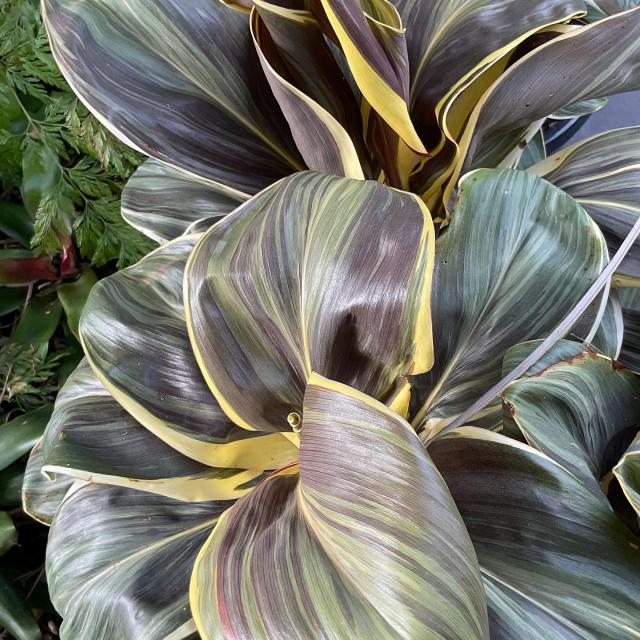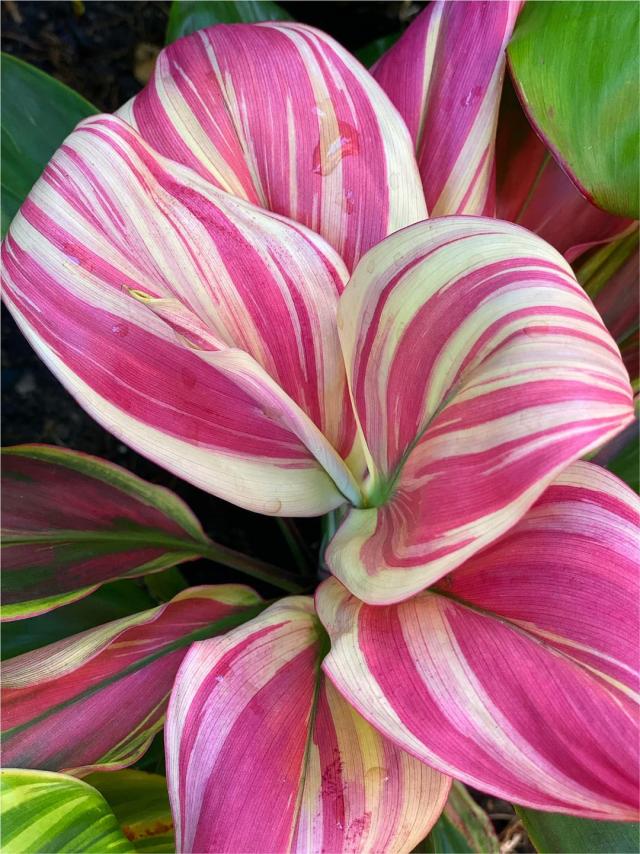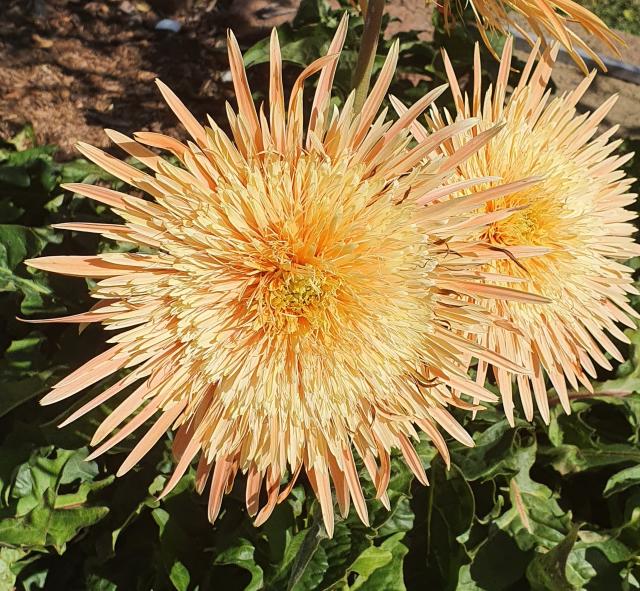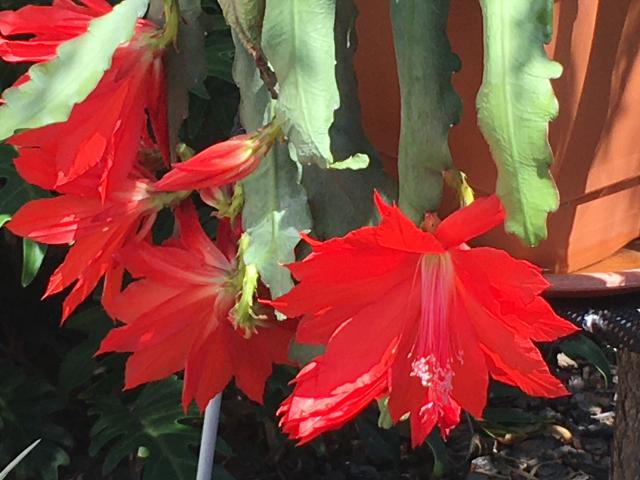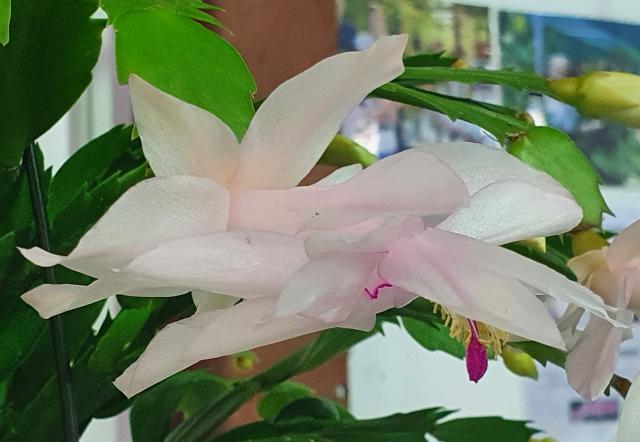Well the Show season has almost concluded for 2023 with a number of highlights on display in Central Queensland’s Agriculture Shows.
I thought I would highlight 3 champion plants of the Central Queensland Show Circuits.
The Central Queensland Shows this year featured numerous displays of one of the most dependable varieties of Daisy’s, the Gerbera.
A plant no colour garden should be without.
This striking perennial, with its distinctively shaped and vibrantly coloured flowers has become a favourite of gardeners over the last few decades.
But what was more rewarding for those that visited the Horticultural Pavilions this year was the sheer numbers of the Gerbera bauerii Noble Flora featuring in most Central Queensland Shows.
It is easily one of the most significant Gerbera hybrids available throughout Australia.
The Gerbera bauerii Noble Flora was developed in Bundaberg by well-respected horticulturalist, Eric Bauer.
The flowers of the Gerbera bauerii Noble Flora have been known to reach the size of saucers.
So a visit to any city or country agricultural show this year will provide excellent specimens of this man’s hybridisation skills.
Another plant that has made a big comeback this year were the Cordylines.
With the last few years providing many new varieties with vibrant red, pink or cream foliage’s that can even have huge splashes of colour the Cordylines have become very popular again.
Some hybrid varieties to consider include Red Picotee, with a new growth of cream leaves with red edges which change to green with red edging as the leaves age, Cardinal Stripe, with pinkish-red stripes changing to a reddish green with age and Baby Thai, with green and red leaves.
All of these hybrids were making great displays in the Central Queensland Shows.
Finally the plant that has made a big come back in this year’s Central Queensland Shows the Zygocactus or as it should be correctly known as Schlumbergera.
The Zygocactus has been a popular bush house plant in Central Queensland for more than 50 years.
Most of our regions shows this year had many flowering healthy specimens of this plant in full bloom.
The Zygocactus is also known by the common names, Christmas Cactus or Crab Cactus.
When it comes to flowering, Zygocactuses are now available in just about every shade imaginable, from the traditional pale lilacs and pinks, to bright shades of oranges and reds, and just about every colour in between, including bicoloured varieties.
Many of the new hybrid varieties now available will flower all year round.
I have recently seen a magnificent display of these hybrids and can easily see why they are such a popular Northern Hemisphere Christmas decoration.
Zygocactus are generally easy to grow, and make an ideal basket plant, with its arching pendulent stems cascading over the edge of the hanging basket, and a multitude of flowers, each appearing on the ends of the stems.
Many enthusiasts will suggest that the more root-bound the plant is, the better the flowering, but it is also important to ensure the roots don’t block any of the drainage hole in the container as this will cause the pot to fill up with water and drowning the plant.
A tell tale sign is the plant appearing limp and discoloured.
Just after these plants stop flowering, there is a resting period for a few weeks, where it is extremely important that the plant does not receive too much water.
By the time spring arrives, the plant will start to regrow, and this is the best time to fertilise and repot. During summer, they should be watered regularly and protected from direct sunlight.
At the end of summer, the plant should be positioned in an area of good light, to guarantee plenty of well-shaped blooms during the winter season.
For plants in hanging baskets, it is also important to occasionally turn the baskets around to enable even growth around the basket.
The Zygocactus originates from Brazil, where they grow as epiphytes, the horticultural equivalent of an animal tick, on many of the rainforest trees, or even on stony ledges found in an area of the Organ Mountains, surrounding Rio De Janiero.
First commercially cultivated in Europe, their winter flowering gave them one of their common names.
That name was the Christmas Cactus, due to their heavy flowering during the Christmas season.
The other common name of Crab Cactus refers to the flattened, jointed stems that resemble a crab’s claw.



